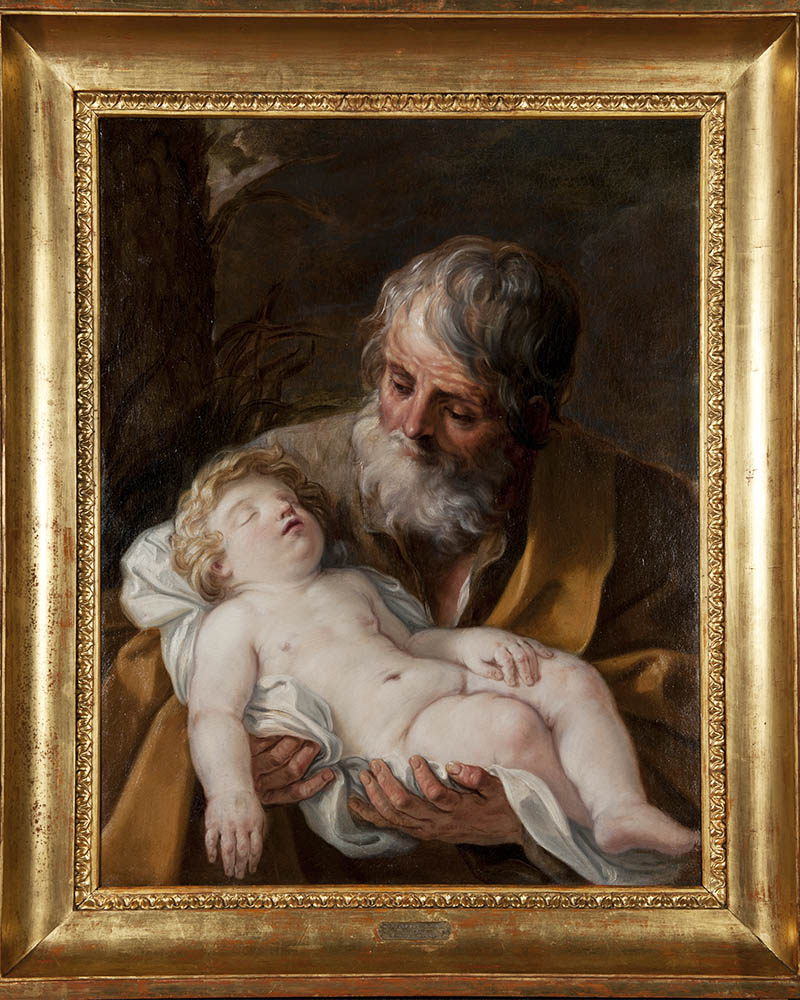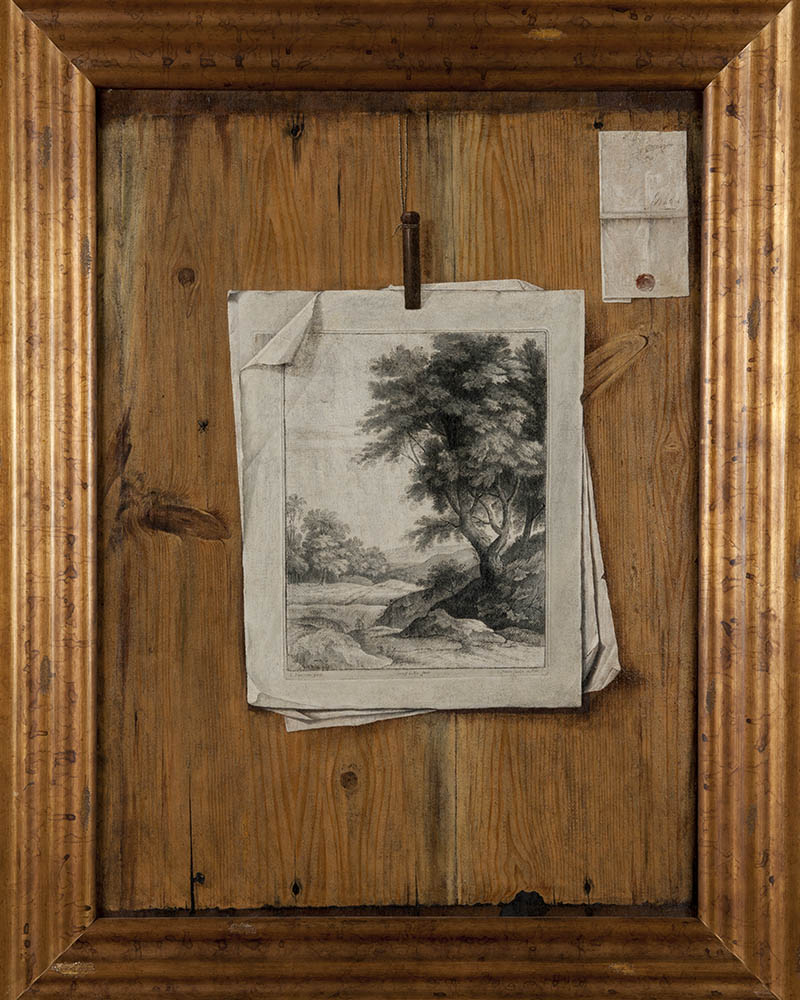
In 1923, Eva Galbesi, Segrè’s widow, bequeathed a large part of her collection of paintings, antique prints and art objects to the municipality of Monza. It was a huge heritage that laid the foundations for the establishment of a civic museum, the need for which had been felt for some time. In 1935, the Pinacoteca was established and the paintings left by Segrè, together with others donated by Monza families, constituted the pre-eminent part of it.
Little is known of the collecting criteria with which the collection was formed, consisting of a range of works from the 16th to the 19th century in which a core of masters gravitating around a central Po Valley and Veneto area was prominent.
Representative of the taste of religious and aristocratic patrons from the 16th century onwards, the subjects are based on sacred or mythological themes; still life and genre scenes are also present, albeit to a lesser extent.
This section brings together a brief representation of such works, proposing a narrative development centred on episodes from the life of Christ, hagiographic scenes, single stories of a mythological nature, still lifes and allegorical or genre figures.
UNVEILING TO REVEAL
The two canvases of the Annunciation, long thought to be the organ doors of the Church of Ognissanti in Venice in terms of shape and size, were in fact cut from a single painting, which probably took place between the late 19th and early 20th century. The available documentary data has recently been endorsed by the results of the restoration carried out for the museum exhibition, which also revealed the inscription ‘Chiesa dei Santi’ on the back of both works.
The preparatory investigations for the restoration revealed numerous retouches and remakes to supplement widespread damage to the colour layer. Large gaps, particularly extensive above the Madonna’s head, had been supplemented with canvas fillings, which were then prepared with plaster and glue and repainted. The works also appeared to be weighed down by stucco works and remakes overlapping the original; the yellowed paintwork and old re-coats had, in several places, lost adherence to the original canvas.
The patient cleaning work, which consisted of removing the numerous stuccoes and repaintings, revealed the invasive nature of the grafts on the painting of the Annunciata. After a thoughtful discussion between the restorers, the Museum management and the Superintendency, it was decided to remove this graft and replace it with another canvas painted in a brown tone, in accordance with the preparatory state that emerged in the lower part in correspondence with falls and abrasions. On both the Angel and the Annunciata, small colour gaps were reintegrated, and new micrometric expansion frames with double crosses were installed to ensure optimal canvas tension.
01: Caravaggesque painter, The Denial of St Peter. Oil on canvas, first half of the 17th centur
02: Circle of Guido Reni, Saint Joseph with the Sleeping Child. Oil on canvas, half of the 17th century
03: Lombard Ebonist, The Lament on the Dead Christ. Scaling over coloured wood and ivory, last quarter of the 18th century
04: Gaspare Landi, Prometheus. Oil on canvas, 1782
05: Filippo Abbiati, Trompe-l’oeil with prints and letter. Oil on canvas, late 17th – start of 18th century




